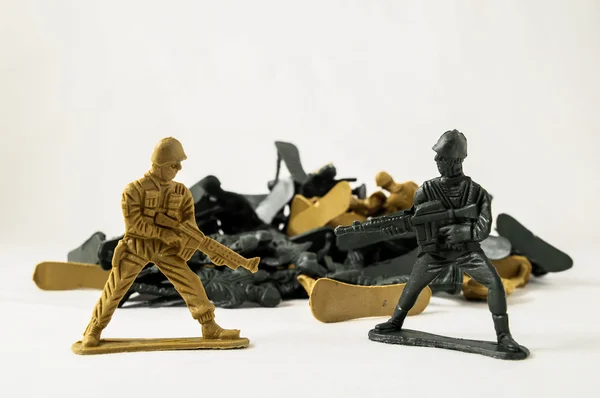
The film industry is constantly evolving, all you have to do is see a film produced 40 years ago, and you will notice the difference, especially if it is based on fiction and has many special effects.
Today, filmmakers aim to embody our real world as much as possible, to foster a sense of belonging in the audience and bring the content of the film closer to their daily lives. Based on this desire, the fame of decorations, props, 3D printed armor, and heroic/war costumes rose and became essential elements in many films.
From the eighteenth century, the Lumière brothers developed the world's first cinematic technique, with a kinetic sequence formed by a set of images projected by a black and white projector but even without sound.
A shot from the Lumière brothers' films filmed in Algeria
Thirty-two years later, the era of audio films began and color films quickly followed, but the development in the industry did not stop here, because all experts consider the role of 3D printing in the film industry to be the new industrial revolution in this industry.
Printer Behind the Scenes!
Today, the film audience is focused, meticulous, and very attentive to detail and expects a certain level of quality, the larger the budget of the film, the higher their expectations. Attention to small details has become essential for filmmakers, not only in textual content but also in décor, accessories, and clothing.
The manufacture of these elements takes days or weeks, sometimes months of manual labor. Here, the need for 3D printing props emerged, which enabled the film crew to create identical and harmonious decorations, and even gave them flexibility in editing and more creative space to add complex and precise details that sweeten the plot of the film and attract the attention of the audience.
Mister Link is an animated film that uses 3D printing (source: LAIKA)
Director Gilles Dishaw was known for his short film, which printed all his characters and décor with 3D printing technology, and from his 10 years of design experience, he says: "Three-dimensional printing allows two things: saving time in making film elements and high quality and guaranteed."
A screenshot from the film Gilles Dechaux in which he created more than 2,500 characters using 3D printing
3D printing = The Instrument of Superheroes
From its inception, major film studios have used 3D-printed movie props to create fictional objects, characters, and locations, breaking down all creative barriers because it can create every imaginative detail from hero costumes to grand fantasy decorations and worlds.
Legacy Effects was recognized as the best company to use 3D printing to make costumes and super tools with many of its hit films. Her 2010 film Iron Man 2 is the best example of the use of 3D printing for cinematic benefits; with this film crowned for the first time that the filmmakers printed a stunning superhero suit that is commensurate with the main actor and matches his life-size with precise joints and details that facilitate movement freely so that he can perform his role smoothly.
Iron Man 2 Superhero Suit Prosthetic Hand Parts
The Eye of the Public is More Important
The goal of every film in life is to influence the feelings of its audience, attract them to follow the story, and encourage them to interact and relate to it emotionally. Here lies the power of 3D printing techniques. On the one hand, the presence of background decorations that give a historical or imaginary glimpse represents a prelude to the viewer of what he expects from the quality of the film and its plot.
When the viewer knows that the superhero suit is real and not only visual effects or technical manipulation, this enhances his integration and connection with the hero, especially when combined with skillful acting, attractive storytelling, and smooth character development. 3D-printed costumes allow audiences to make their versions of the heroes of their favorite films, giving them a stronger sense of connection and belonging to the hero and his story.
A fan rides a self-made superhero suit helmet with 3D printing technology
Every Technology Has its Challenges
Filmmakers face many challenges when using any new technology, and because the use of 3D printing technology is still new to the industry, especially when used to make large and complex decorations that require a long time and custom printers. Despite the variety of best filament for cosplay and props, they can achieve the desired visual result, because finding a balance between aesthetics, durability, and safety of the product proved difficult for every filmmaker. By preparing the visual materials for the film, its makers combine many artistic techniques, such as sculpture, molding, and three-dimensional printing, thus creating the desired visual effects. With its status as a modern technology, no one can use it smoothly with other arts, and this is only done in the hands of professional experts.










